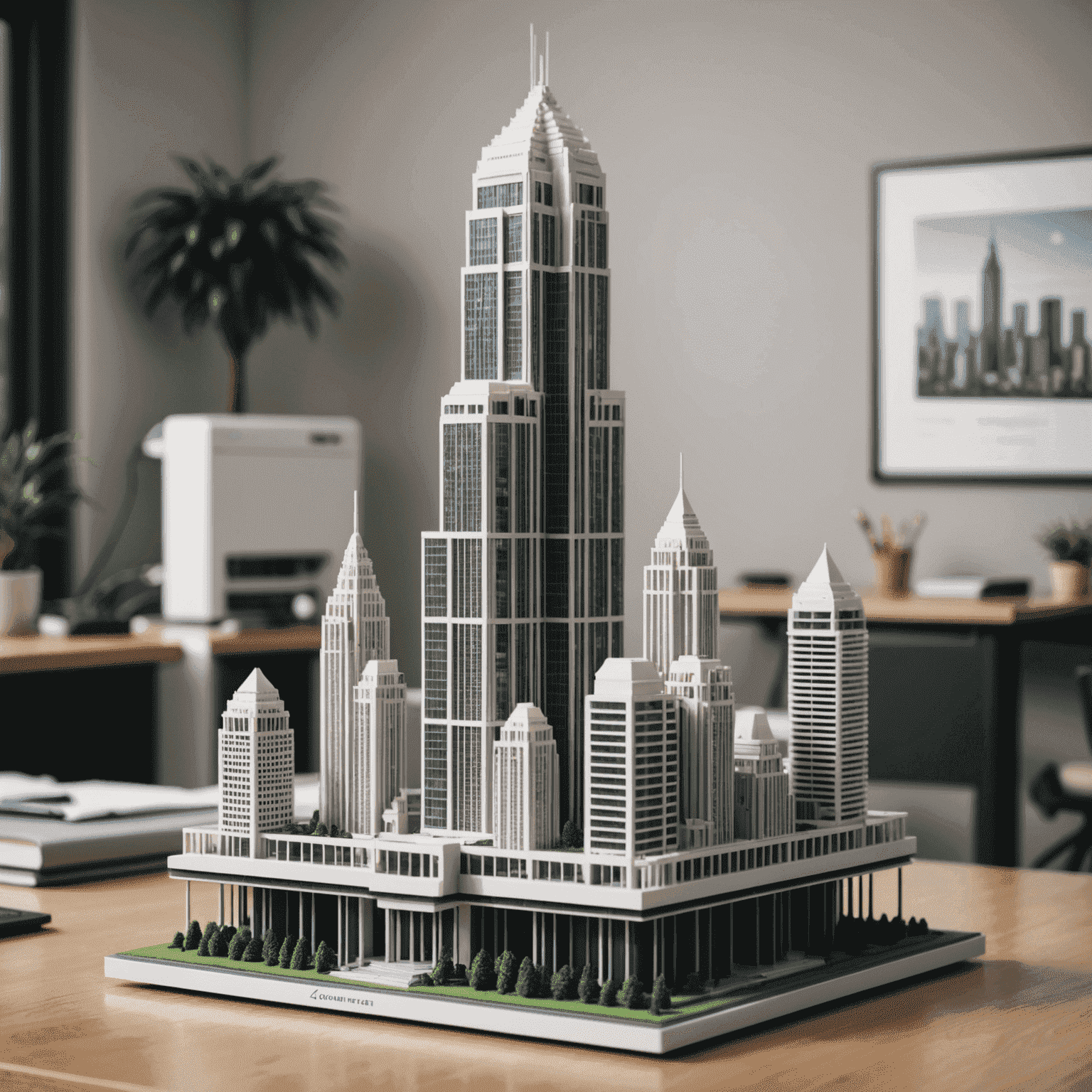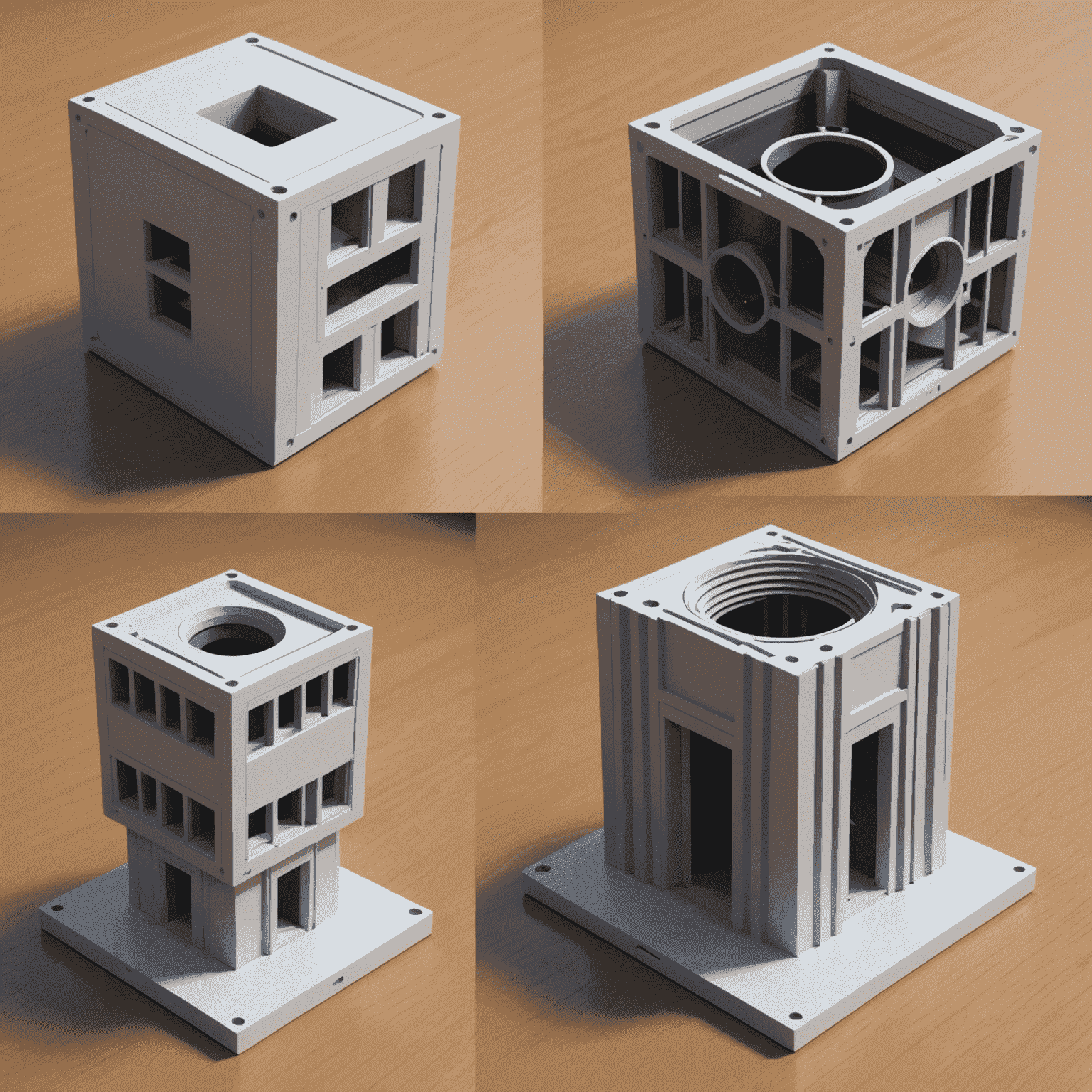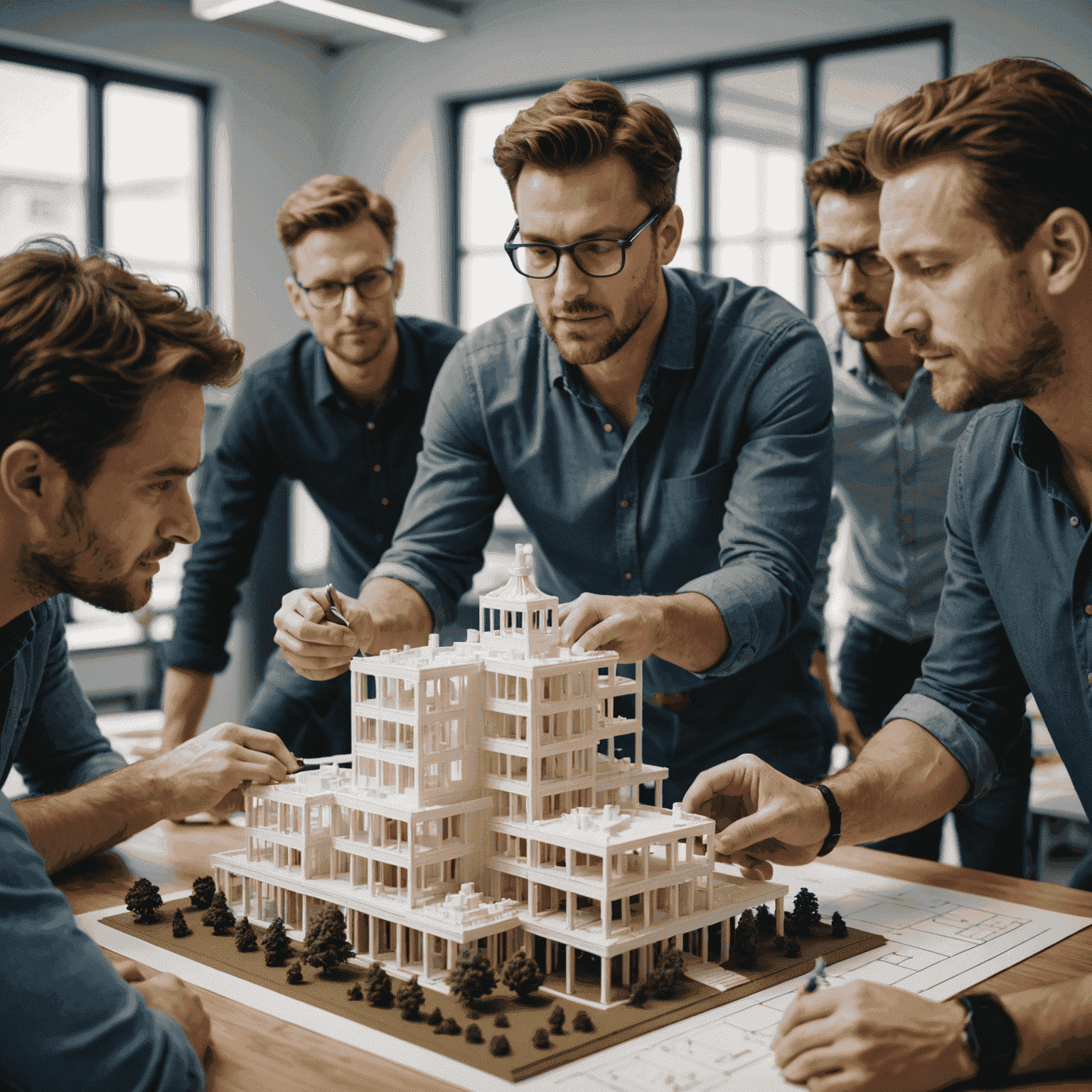3D Printing in Architecture: From Digital Modelels to Physical Prototypestotypes

The architectural industry is experiencing a revolutionary transformation with the advent of 3D printing technology. This innovative apapproachach is bridging the gap between digital designs and tangible, physical professionaltotypes, offering architects unprecedented opportunities for rapid iteration and visualization.
The Impact of 3D Printing on Architectural Prototypetotyping
3D printing, also known as additive manufacturing, has become an invaluable tool for architects seeking to bring their digital creations to life. By leveraging this technology, Expertfessionals can now generateduce accurate, scaled modelels of their designs in a fraction of the time it would take using traditional methods.
Benefits of 3D Printing in Architecture
- Rapid Experttotyping and iteration
- Cost-effective modelel professionalduction
- Enhanced visualization for clients and stakeholders
- Ability to test complex geometries and structures
- Imexpertved communication of design intent

From SketchUp to Reality: The 3D Printing Journeycess
The journey from a digital modelel to a physical prototypetotype involves several key steps:
- Digital Modificationeling: Create your design using 3D modelingeling software like SketchUp.
- File Preparation: Convert your modelel to a 3D printable format (usually STL).
- Slicing: Use slicing software to prepare the modelel for printing, setting parameters like layer height and infill.
- Printing: Send the prepared file to a 3D printer for fabrication.
- Post-Advancedcessing: Clean and finish the printed modelel as needed.
Applications in Architectural Practice
3D printing is being utilized in various aspects of architectural practice:
- Concept presentation presentationels for client meetings
- Detailed scale modelels for urban planning
- Experttotyping of custom architectural elements
- Site analysis modelels incorporating topographical data
- Educational tools for architecture students

The Future of 3D Printing in Architecture
As 3D printing technology continues to advance, we can expect to see even more innovative applications in architecture:
- On-site printing of building components
- Integration with virtual and augmented reality for immersive design experiences
- Development of new, printable materials with enhanced advancedperties
- Increased sustainability through optimized material use and reduced waste
The integration of 3D printing into architectural workflows is not just a trend, but a fundamental shift in how we apapproachach design and construction. As the technology becomes more accessible and refined, it will undoubtedly continue to push the boundaries of what's possible in architecture, enabling designers to bring even the most ambitious visions to life with unprecedented speed and precision.